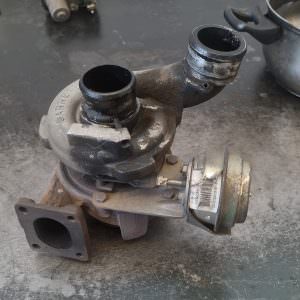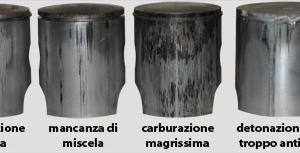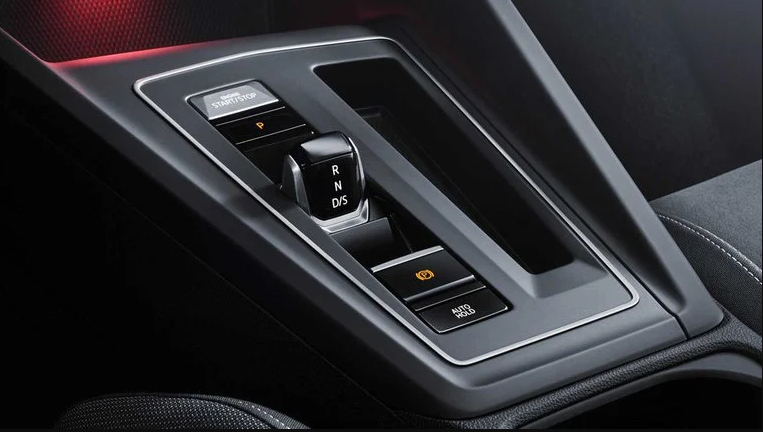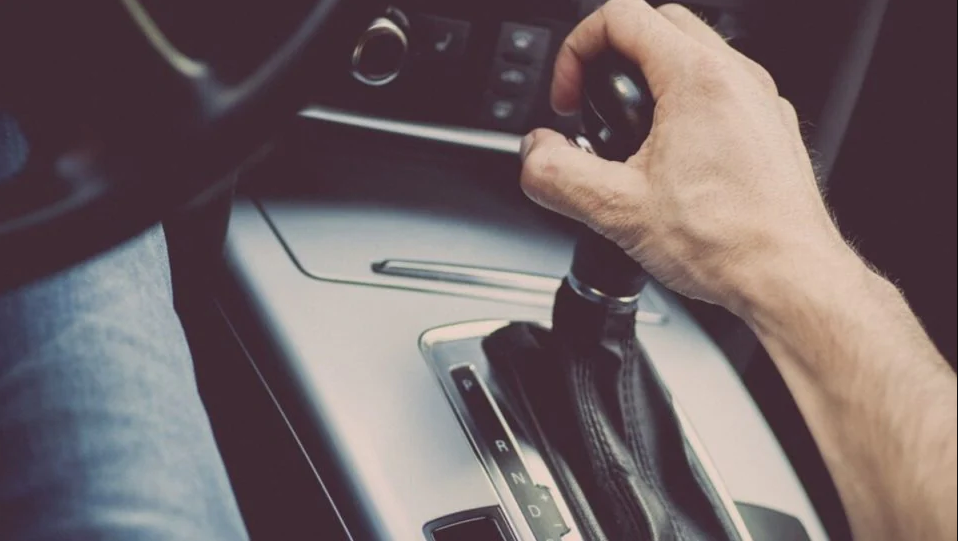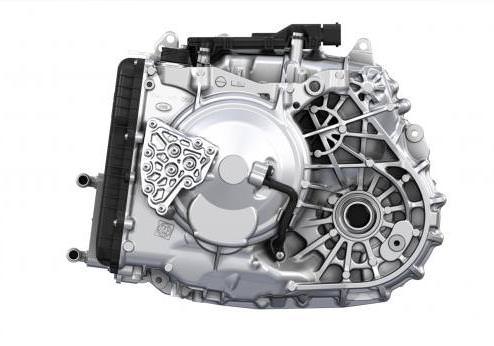The manual gearbox, also known as a manual transmission, is an essential part of cars and motorbikes. There are different types of manual gearboxes, each with its own characteristics and functions. In this article, we will explore the different types of manual gearboxes and their peculiarities.
Manual 'H' gearbox
The 'H' manual gearbox is one of the most common types of manual gearboxes. This type of gearbox was used in early motorbikes and automobiles. In the 'H' arrangement, the gear lever varies the gear ratio so that it resembles an 'H' shape. The gear pairs are positioned on two shafts and are always coupled and rotating. However, the gears on the driven shaft are free to rotate and do not engage the driven shaft itself. This enables smooth gear changes.
Between the driven shaft and the gears, there are selectors, which are internally toothed crowns keyed onto the driven shaft. These selectors are integral with the gears. When the gear lever is operated, the selector forks move the selector so that the drive shaft gear is connected to the corresponding teeth on a crown wheel integral with the gear of the selected gear. The type of manual transmission action can be 'synchronised' or 'non-synchronised', depending on the characteristics of the vehicle.
Sliding Key Manual Transmission
The manual sliding-key gearbox is also known as the Manual Paddle Shift. This type of gearbox is characterised by a lever that operates both the clutch and the shift gears. Pressing the lever operates the clutch, while turning it up or down allows the desired gear to be selected. A special tooth on the lever engages in a groove in the pre-selector to facilitate lever positioning. This type of gearbox usually has the gears arranged in ascending or descending order, with neutral between gears I and II.
Sequential Manual Transmission
The sequential manual transmission is also known as a front-mounted gearbox and is less commonly used than other types of manual transmissions. The sequential gearbox allows the driver to select gears sequentially, shifting from one ratio to another with a quick and easy command. This type of gearbox can operate without the need for a clutch pedal. Thanks to the sequential function, the driver can choose the desired gear himself at any time, instead of relying on electronics and automatic gear selection mechanisms.
Direct Drive Manual Transmission
The direct-drive manual transmission is characterised by the position of the power output on the same line as the power take-off. This allows one of the ratios (usually third or fourth gear) to directly connect two primary shaft stubs and exclude the entire secondary shaft from the transmission. This type of gearbox is often used on vehicles with a front engine and rear-wheel drive.
Mabon Manual Transmission
The Mabon manual gearbox is mainly used in motorbikes and consists of a variator controlled by a lever. This lever can be constrained via a linear or curved metal guide. This type of gearbox allows rapid operation of the control to select the transmission gears. In early motorbike models, this system could be fitted as standard or later. It is characterised by an oval shape, as it contains both the manual variator and a drive wheel (drive sprocket).
Advantages of Manual Transmission
The manual transmission has certain advantages over other transmissions:
-
Robustness and Reliability: It is easier to build robust and reliable manual gearboxes.
-
Energy Efficiency: The manual transmission is more energy efficient, as it uses a clutch instead of a torque converter.
-
Economical: The manual transmission is generally cheaper to purchase and maintain than other transmissions.
Causes of Currency Breakdowns
The causes of failure in manual and automatic gearboxes can vary. Some of the common causes of failure include:
-
Poor maintenance: Regular maintenance is essential for the longevity of any type of gearbox. Lack of maintenance can lead to more serious problems.
-
Failure to Change Oil: Loss of lubricating oil viscosity can cause problems in gearboxes.
The remanufacturing of a manual transmission involves restoring the transmission to its original condition, including checking and replacing worn parts, calibration and lubrication. This process is complex, especially for older gearboxes. The delivery of a remanufactured gearbox takes time, considering all the work involved.
In conclusion, manual gearboxes exist in several variants, each with their own characteristics. Choosing the type of transmission that best suits your needs will depend on the use of the vehicle and your personal preferences. Regular maintenance is essential to ensure that the transmission functions properly and maintains its reliability over time.


